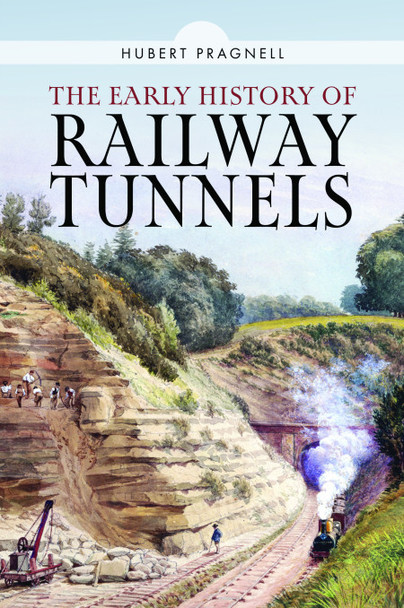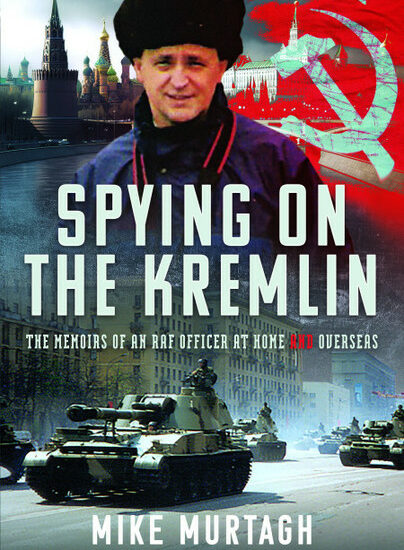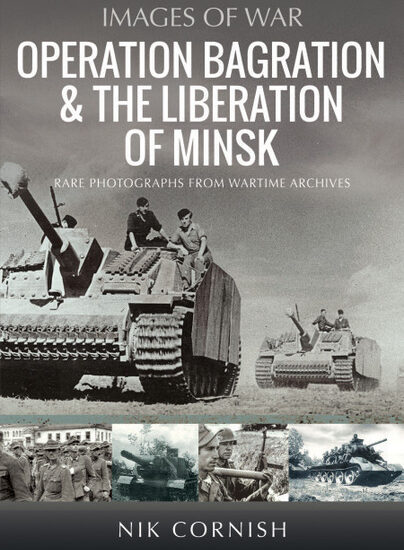Author Guest Post: Hubert Pragnell
The Excitement of travelling through a Railway Tunnel
Every model railway has to have a tunnel or normally two, one at each end of the display part of the layout, and the tunnel to hide the fiddle-yard. It of course adds to the realism of the landscape or townscape into which the display is set. In between may come embankments bridges, a station and appropriate siding. The latter may have gone today from many intermediate country stations as the transport of goods is containerised to and from major transport hubs. But tunnels remain, and may be a source of concern and expenditure to the present day railway system with the need for upkeep and periodic repairs caused especially by damp from water seepage.
In days of old and even today on preserved vintage lines there is nothing like the excitement of seeing a steam hauled train bursting from a tunnel portal and the wisps of smoke pouring from the mouth after the train has passed. Then there is the whistle as a train approaches the portal and plunges into darkness, and hearing the noise gradually diminishing as the train disappears under the earth. My book is not really about the pleasure of train-spotting as it was of old, but about a major railway structure which has hitherto received little historical attention; I acknowledge there is a vast technical literature on modern tunnelling and engineering methods. It also confines the story to between 1830 and 1870, the years of greatest railway construction in Britain.

Like all aspects of architecture, whether it be a parish church, cathedral or a Georgian terrace in Bath we just tend to accept it as there, rather than thinking of how it came to be built and the construction methods involved. Also the amount of labour involved and numbers of those who may have died or been involved in injury. I was fascinated by the role of landowners in governing the course of a railway, bearing in mind that their land may have been effected in the eighteenth century by the course of a canal and so prejudiced them again those who wished to build railways. This was the case at Watford with the course of the London and Birmingham Railway running beneath Cassiobury Park, the seat of the Earl of Clarendon, necessitating a tunnel over a mile long. Then there was the number of construction workers or ‘navvies’ involved which could swamp a rural location such as in the building of the Box Tunnel in Wiltshire. The same happened with the long tunnel at Kilsby in Northamptonshire; in both construction was held up by unexpected flooding. At Primrose Hill, a mile beyond Euston the tunnel was really unnecessary except for the insistence of the then landowner, Eton College, that the track should be laid in a tunnel, just fifty feet below the surfaced, and adorned at the eastern end with a portal in the Italianate style.
I also deal with the fascination and fear of travelling through a railway tunnel. After all passengers were being hauled by a machine with a speed faster than a horse and in the control of a driver on the footplate. It was in the early railway companies interests to put the travelling public at ease. Tunnels were often proclaimed in early travelling literature as great triumphs of engineering and the public had no fear of their collapse in spite of length. Superlatives abounded along with descriptions of what could be seen from the carriage windows. Two large volumes on the London and Birmingham Railway, 1839, and Great Western Railway , 1848, with engravings by John Cooke Bourne, helped to put the travellers mind at rest, or perhaps those who could afford those large volumes. Bourne included engravings of the railway tunnels on the respective railways. Others wrote of the fear of suffocation from smoke should the train stall in the tunnel, the possibility of a crash or derailment in the darkness, or the foul deeds which could be inflicted on passengers, and in particular a single one in a carriage in the darkness. Dicken’s was one writer who was constantly bringing the dangers of railway travel to the public’s attention. Collapse did occur as at Guildford and Bramhope Tunnels, derailments and death did occur as at Clayton Tunnel, crime did occur as at Blackheath but incidents like this were rare considering the dramatic increase in railway construction between 1830 and 1870, and the increase in the travelling public. After all there was no competition until the advent of the motor car in the twentieth century. In spite of the fear caused by travelling through five tunnels between London and Brighton it did not deter travellers from seeking the seaside which became within two hours of London Bridge and Victoria stations.

Finally I deal with the elegance of the tunnel portal seen against the so-called ‘battle of the styles’; was it to be classical or gothic, or even Romanesque at Shugborough or Egyptian at Bangor? The Great Western favoured the gothic or castellated for many portals although Box and Middle Hill are in the classical. The London and Birmingham supported the classical or a version favoured by Robert Stephenson. Some were like entrances to castles such as Clayton in Sussex, Red Hill in Nottinghamshire and Bramhope in Yorkshire. I have illustrated some of Brunel’s portals with actual drawings from archives but many by other engineers or architects have been destroyed as companies were amalgamated and records destroyed.

Why have railway tunnels received little study when compared with stations and other structures. Partly perhaps because they cannot easily be seen, perhaps at the end of a long cutting. In a train one is travelling at speed so cannot see an approaching portal and one only knows when one is in a tunnel when the windows are enveloped in darkness. A few vintage railways have tunnels such as on the Bluebell, Severn Valley and Gloucestershire and Warwickshire. These are subject to the same stringent checks as those on public service lines, with constant checking for damp or structural weakness, and the cost of repairs have to be borne by the company.
Now we are living in an age when, apart from cost a tunnel can be driven beneath earth or sea to virtually any length. Huge machines bore through the earth and place concrete sections in place as the excavation advances. We may quibble about the cost of the Channel Tunnel, a great engineering achievement, the tunnels on HS2 or even the Elizabeth Line but their construction is without the difficulties and dangers of those early railway tunnels which stand as a triumph of the railway age.

Order your copy here.

